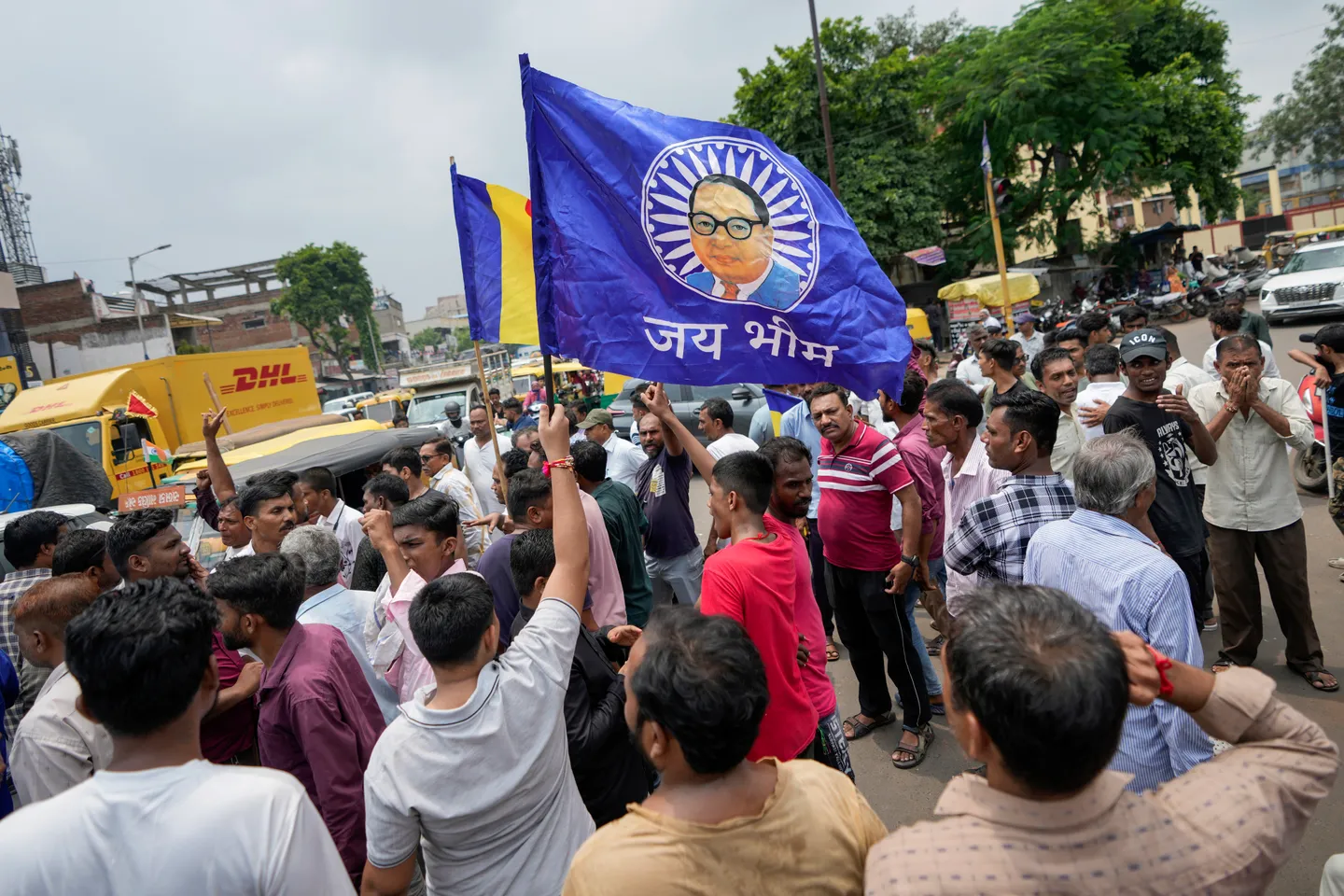India will start counting its vast population in a mammoth exercise starting next year. The first census in 16 years will be conducted digitally and include controversial questions about caste for the first time since independence.
The Home Ministry announced plans to conduct a two-stage count ending March 1, 2027, in a statement Wednesday night.
India's last official census in 2011 counted 1.21 billion people. The country's population is now estimated to be well over 1.4 billion, making it the world's most populous country, according to the UN’s Department of Economic and Social Affairs.
The once-in-a-decade population survey was originally due in 2021 but was delayed by the COVID-19 pandemic and logistical hurdles.
The Home Ministry said the new census will be carried out in two phases and conclude by March 1, 2027. The government will spell out the details and schedule of the exercise later this month.
They'll collect information about houses and their occupants, such as sex, age, marital status, religion, mother tongue, language, literacy and economic activity — as well as caste.
What is caste?
New questions about caste are controversial.
Caste is an ancient system of social hierarchy in India and is critical to Indian life and politics.
There are hundreds of caste groups based on occupation and economic status across India, particularly among Hindus, but the country has limited or outdated data on how many people belong to them.
The caste system divides Hindus into four main categories – Brahmins, Kshatriyas, Vaishyas and the Shudras, according to Manusmriti, a controversial Vedic Hindu book whose copies have been burnt to protest the discrimination.
At the top of the hierarchy are the Brahmins, who are supposed to be preachers, teachers and intellectuals. Kshatriyas are warriors and rulers. Third are the Vaishyas, or the traders. Shudras, for all the menial jobs.
The main castes are further divided into thousands of sub-castes, each based on their specific occupation.
Outside of this Hindu caste system are the achhoots, or the untouchables, also known as the Dalits.
Dalits face brunt
According to India’s National Crime Records Bureau, some 45,935 cases of violence are recorded each year against Dalits, in addition to discrimination and untouchability, including prohibition in religious places and festivities.
According to the National Campaign on Dalit Human Rights (NCDHR), one crime is committed against a Dalit every 18 minutes, and 6 Dalits are kidnapped every week, three Dalit women are raped every day and 13 Dalits are murdered every week in India.
Since India's first census in 1951, it counted only Dalits and Adivasis, members of marginalised groups known as scheduled castes and tribes.
Quotas
India has quotas that reserve government jobs, college admissions and elected offices for a swathe of lower and intermediate castes that are recognised as Other Backward Classes (OBC).
India’s current policy caps quotas at 50 percent, with 27 percent reserved for OBCs. A count of these groups will likely lead to calls to raise the quotas.
Successive Indian governments have resisted updating caste data, arguing that it could lead to social unrest.
The announcement on the census comes months ahead of a crucial election in India’s poorest state of Bihar, where caste is a key issue. Prime Minister Narendra Modi’s party runs a coalition government in Bihar.



















